When designing content for commercial purposes, the most important thing is to work upon the feedback from customers. But when it comes to content for a website, how do we check how the website is doing?
To get an idea of whether the audience likes the content put up on your website, all you need to do is analyse the dwell time of the website. If the dwell time is not as expected, you need to work on improving the content so that your intended audience loves it. Let’s try and understand dwell time in more detail.
What Is Dwell Time?
Dwell time is the total time a user spends on any webpage after clicking on the search results and before returning to the search engine result page (SERP). The longer a user stays on any webpage shown on the SERP, the higher the dwell time.
Suppose you conduct an internet search for the best salon in Miami, Florida, and click the second result on the SERP. After a brief two-minute glance at the rate card mentioned on that webpage, you return to the SERP. The dwell time, in this case, would be two minutes.
Dwell time is an important SEO factor. A higher dwell time on any webpage indicates that the content on that page is engaging and meets the user’s search intent.
Unlock higher rankings, quality traffic, and increased conversions through tailored award-winning SEO strategies.
Elevate your web presence by Infidigit’s SEO solutions.
Unlock higher rankings, quality traffic, and increased conversions through tailored award-winning SEO strategies.
What is a long dwell time?
Now that we’ve answered: what is dwell time, you need to understand the durational importance. Anywhere between 2-4 minutes is the benchmark for average dwell time. If a user is spending 3-5 minutes, or more, on a web page that usually means that they’re deriving the information they need. A Google ranking boost is generally awarded to sites that have been registering a long dwell time.
History of Dwell Time
This goes back to the year 2011 when Duane Forrester (then Senior Project Manager at Bing) first mentioned the term dwell time in one of his blogs. He wrote, “Your goal should be that when a visitor lands on your page, the content answers all of their needs, encouraging their next action to remain with you. If your content does not encourage them to remain with you, they will leave. The search engines can get a sense of this by watching the dwell time.”
Basically, what he said was that your website should provide quality content to the user that encourages them to use more of your website. If the content on the website is not the best, users will not take much time to leave, which the search engines can sense.
Here is how the search engines might interpret dwell time:
2 second dwell time: The user did not find anything relevant to his needs on your webpage so they went back to the search engine.
2 minute dwell time: The users find the content useful and spend some time to know more about it.
15 minute dwell time: The user loves your content and finds it extremely beneficial. In a nutshell, we can say, although we can not surely say that how dwell time impacts the rankings of your page on the search engine, it definitely does. So make sure to always add relevant content to your webpage that can entice users to check more from your website.
Why is Dwell Time Important?
While Google has never publicly confirmed from an SEO standpoint that dwell time is a critical ranking factor for its search algorithms, experiments prove a direct relationship between the two.
Moz conducted a comprehensive test to study whether engagement rates make a difference to the organic rankings. The results confirmed that metrics such as dwell time, which show the engagement rates for a particular page, had a visible correlation to the organic rankings for the same page.
While rewards are great, dwell time also indicates whether your website is at the risk of getting blocked for some users. Let’s assume – a visitor lands on your webpage directly from Google SERP and then immediately returns. As per an industry-known feature, Google might give them a prompt to block your website entirely from the search engine results they were shown. Good performance on indicators like dwell time shows that your visitors are actually browsing your pages, and your website is not running the risk of getting blocked.
How is Dwell Time Calculated?
There is no mathematical formula for calculating dwell time. It does not appear in Google Analytics. You can determine this time by looking at the ‘Average Session Duration’ section. This metric reflects the average time a user spends on any given page on your site.
Here are the steps for calculating the average session duration:
- Sign in to your Google Analytics account and tap on ‘Behaviour.’
- Select ‘Site Content’ and then ‘Landing Pages.’
- Now select ‘New Segment’ and then ‘Organic Traffic.’ The new page will display the ‘Average Session Duration.’
Using this metric, you can determine which variables on your site work in your favor and which do not.
Difference Between Dwell Time and Bounce Rate
As previously mentioned, the dwell time concept begins and ends with the SERP. If a user clicks on any of the webpage links on SERP, spends some time on that page, and then returns to the SERP, the brief time spent on that page is called dwell time.
Bounce rate, on the other hand, reflects the percentage of single-page sessions on your website. The bounce rate can occur if users close the page or return to the SERP. Even if a user spends a second or an hour, the duration still counts as a bounce.
Difference between Dwell time and Average Time on Page
Dwell time and average time are two different things used by people, often in the same sense. Dwell time indicates the length of time a user spends on your webpage before returning to the SERP from where they initially visited the website. On the other hand, average time on the page refers to the average time a user spends on one of your web pages.
Difference between Dwell time and Session Duration
Session duration is calculated by the amount of time a user spends on your website in a particular session. It is different from dwell time, which indicates the time spent on a particular page and returning to the search engine from where the session initially started.
Difference between dwell time and Click-Through Rate
Click-through rate is generally referred to as the percentage of users who clicked on the link to your website out of the total number of users who saw that link on the search engine result page. It is entirely different from what is considered dwell time.
When is Dwell Time Counted as a Visit?
As soon as you enter a web page of a website, it is counted as a visit. However, it would not be incorrect to say that a visit of only a mere few seconds is no good for your business. Every business wants higher engagement with their customer so that they can propound the features of their products and services.
If a customer just visits your website and goes back in less than a second, you get no time to engage with the customer. Typically, if you regularly follow and analyze the metrics of your website, you would know the ideal time required to make a conversion on the website. Hence, you can easily figure out which are the most valuable visits for your business.
Is Dwell Time a Ranking Factor?
Dwell time is a crucial ranking factor when it comes to the Bing algorithm. The search engine itself confirms this in one of its posts. According to a blog published in 2011, if a visitor spends a minute or two on a webpage, it means the visitor has consumed the content. If the time spent is less than a few seconds, the scenario indicates that the content on the clicked page is not valuable.
But what about the search engine behemoth ‘Google’? Well, there is a lot of ongoing debate about this.
Google never made a public statement about dwell time. However, it provided some hints that lead us to believe that dwell time plays a role in determining whether or not the webpage should be ranked. A few years ago, one of Google’s engineers stated that the search engine had implemented machine learning (ML) named RankBrain into the process. ML assists in determining how a user interacts with a specific page by tracking how long they stay on the webpage.
Even if dwell time is not a ranking factor, you should still consider it to decode the flaws on your page that cause users to leave it immediately. By working on the parameters that cause an extended dwell time, you can make the content more user and search-friendly.
How to improve dwell time for your website?
Irrespective of how you approach it, dwell time is an important metric. Even in its simplest form, it shows how much time users are spending on a particular page. And since these are users coming directly from the Google SERP, they have a higher intent to explore your web page. Thus, you should consider dwell time as one of the decisive parameters to measure the quality of your UX, design elements, content, and even page-load speed.
While there’s no existing framework to increase dwell time, here are some measures that can improve a website or web page’s performance on the parameter:
-
Good content
Your website should feature well-written content to increase dwell time. It should not be unnecessarily burdened with words that are not relevant to the subject that your website is dealing with. Good content is self-explanatory and easily understood.
-
Choose correct keywords
It is important for your content to contain relevant keywords to optimize search engine optimization (SEO). Using the right keywords for blogs can help your content be more accessible to the intended audience. Employ the services of an SEO company in India to guide the intended audience to your website using extensive keyword research if you need it.
-
Improve your website speed
An improved website speed will optimize your website’s conversion rate, thus helping the visitor to go through the website smoothly without facing any issues. Waiting for the Web page to load can increase the chances of the visitor leaving. Nothing is more problematic than having to wait for the page to load. According to Forbes, 47% of the users expect a Web page to load in two seconds or less. The longer the load time, the more the bounce rates and consequently, less the dwell time. The trick is to optimize website speed to avoid getting penalized by search engines like Google.
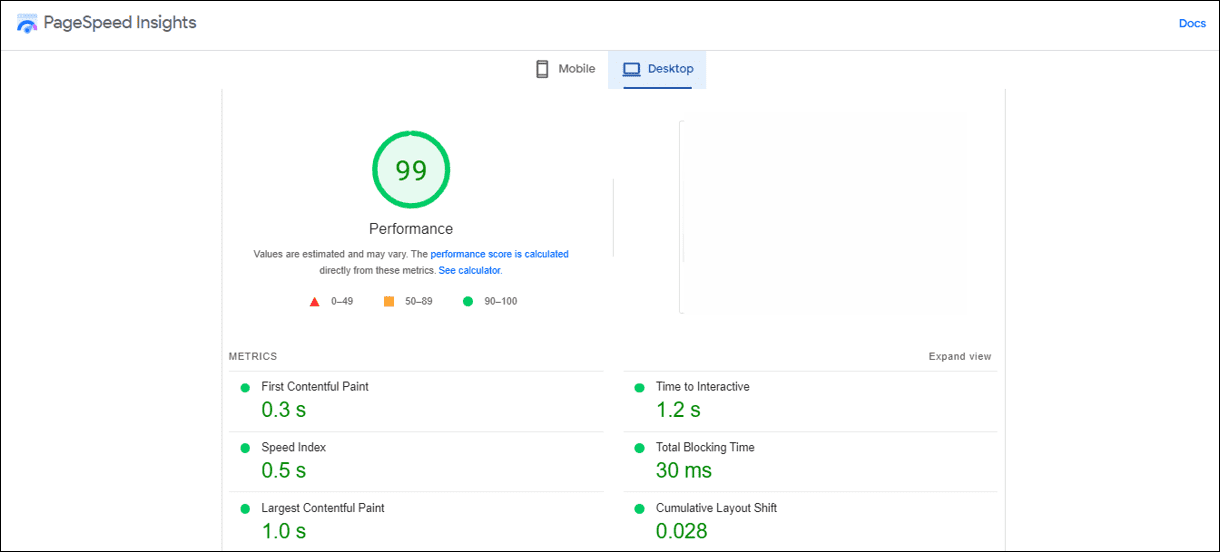
-
Add videos
Videos or other interactive visuals enable you to hold the visitor’s attention by raising curiosity and interest. The addition of videos gives your page a higher engagement rate by interacting with the visitors on your content’s behalf. These videos can not only help your visitor understand the content without having to go through the entire write-up, but also enable your Web page to attract visitors interested in video content.

-
Good internal linking
When writing content, you should ensure that there are sufficient links to the internal pages of your website. Internal linking enables you to capture the visitor’s attention. It also directs the visitor to the portions of the website that you intend them to visit. Good internal linking helps your page garner visitors and boosts the views. Internal linking plays a significant role in leading visitors to additional information that they might be interested in. Internal links reroute the visitors by redirecting them to Web pages and articles that will help them.

-
Break your content into headers
At times, visitors to a blog page or website skim through the headings and subheadings of the content to ascertain whether the content is interesting or relevant. Content with lengthy paragraphs might not look too interesting to visitors. Therefore, the chance that they will stay on the page longer is minimized. Breaking the content up into manageable chunks helps in retaining the attention of the visitor for longer. It also helps them absorb the message of your content.
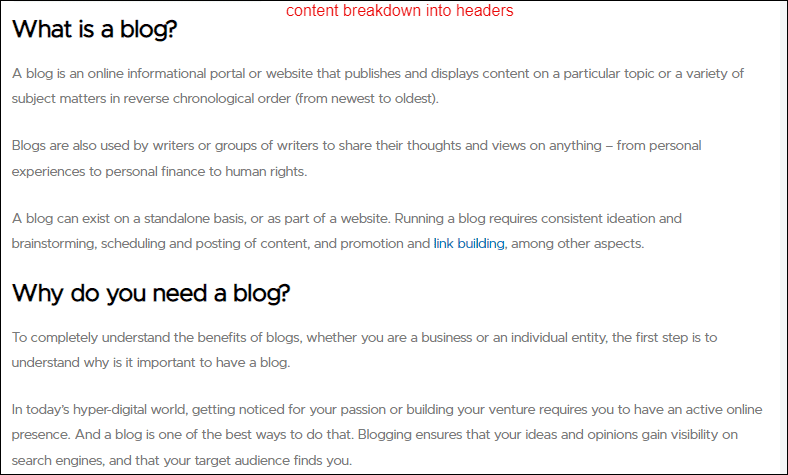
-
Write Longer and Captivating Content
This does not mean you should stuff your pages with keywords and unnecessary anecdotes. Instead, the goal is to write engaging, well-researched, and comprehensive content that allows users to read pretty much everything they want about the topic without leaving the page.
You can use this simple idea to make it more captivating – Preview, Proof, and Transition. First, begin all major content pieces with a preview that shows what users should expect as they further read the page. Then, give some proof that validates the authority of the content. And finally, provide a smooth transition into the next section of the content. This will make seemingly long pages with 3,000-4,000 words of content more accessible for the users.
-
Create Better User Experience
User Experience is one of the core principles of ensuring high dwell time. Even if you produce great content on a fast-loading page with a bad user experience, it will not translate into better dwell time performance.
Focus on a simple hack – how easy is it for your users to navigate the page? You can break longer content into smaller pieces and add visuals, images, and navigation buttons throughout the page. You can also provide internal links that explain technical terms wherever necessary. For longer content forms, ensure that you use the right fonts, provide enough white space, and make things as easy as possible for your users.
-
Mobile-Optimized
Mobile traffic constitutes nearly half of all internet traffic worldwide. So, go to your Google Search Console and look for the Mobile Usability option. This tool will highlight the pages on your website that are not optimized for mobile traffic. Fix them as soon as possible and you might see better results with dwell time for these pages.
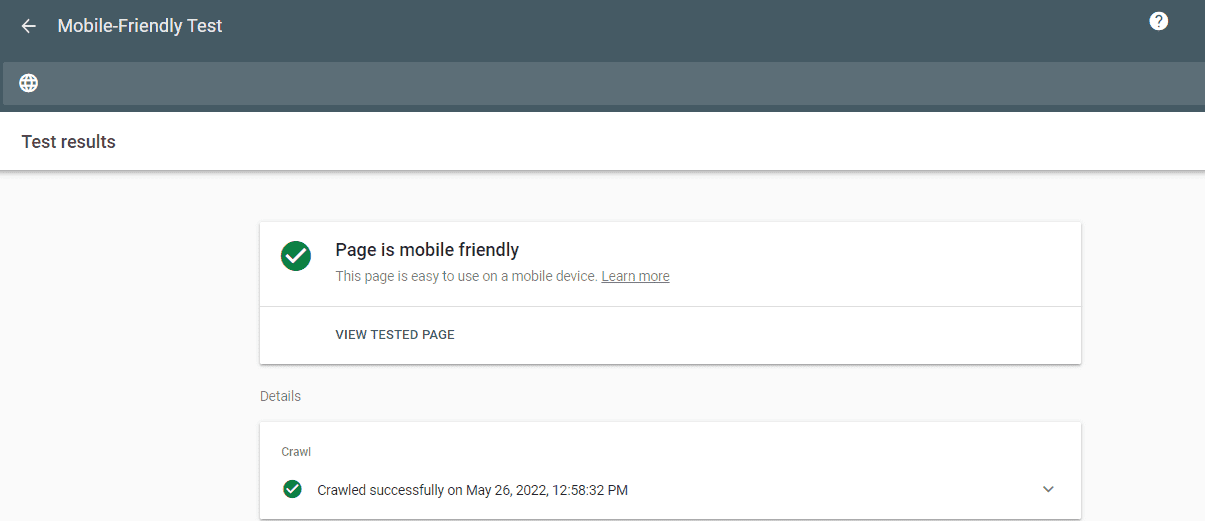
-
Keep Your Content Up-to-Date
In order to avail better dwell time for your web pages, you must ensure that your content is up-to-date. It means your website should always add relevant information about people that can be of some value to them. Stuffing the content with keywords and links will not excite the users to check your products and services. A good way to do so is by re-publishing your older blogs with new information. People usually prefer reading recently posted information. Thus, updated content on your webpage will surely lead to higher dwell time.
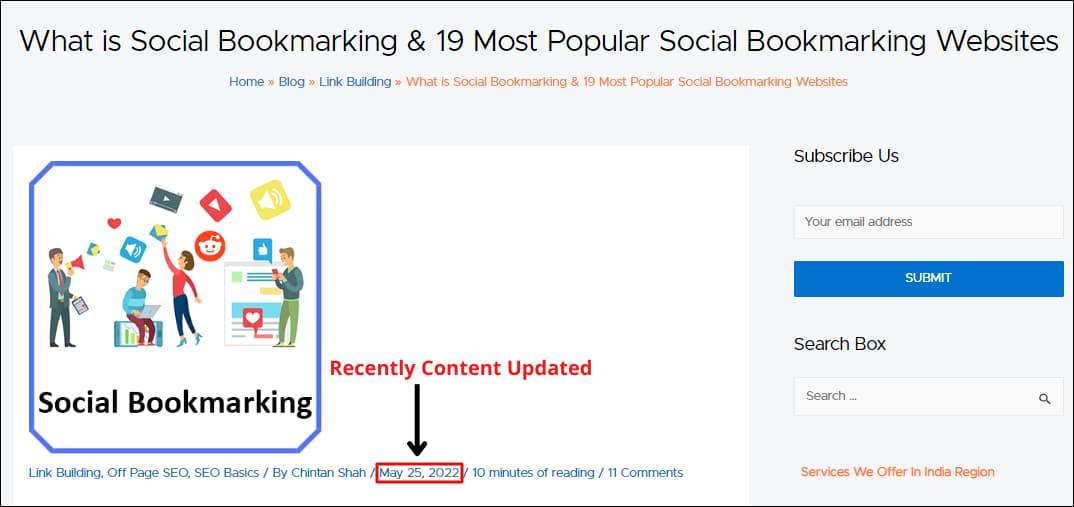
-
Engaging with Users in the Comment Section
Usually, websites have a comment section that remains untouched. But, this can be a great communication channel between you and the users. If your content is delivering value, there is a chance the users might want to interact further with it. Established media houses like The Guardian and The Atlantic have dedicated team members responding to the comments on their websites. It shows the users that you care about feedback and are available to resolve queries.
Moreover, just by answering a few queries in the comments section, you will prompt the users to comment because they know they will get a response. This can also translate into repeat visits and deeper on-page engagement.
How to Measure Dwell Time
Despite its strategic importance, neither Google Analytics nor Google Search Console directly reports dwell time. However, there is a workaround for this exact gap. First, log into your Google Analytics account. Next, click on the ‘Behavior’ tab and visit ‘Site Content’. You should be able to see an option called ‘Landing Pages’ in the drop-down menu.
Make sure you set up a new segment to ensure you are tracking only the organic traffic directed to your website. You will see a metric called ‘Avg. For View’. This can be used as a proxy for your dwell time calculation. The next question is – how do you know whether the average timing per view is good or not? To answer this question, you will need some industry data to make an accurate judgment. Your goal should be to come as close as possible to the industry average or perform better. You have a problem only if your web pages have outlying statistics when compared to your category.
Start your analysis with the following data:
- The average time for your industry, vertical, and geography.
- The category of content you have on the pages.
- The average number of search queries made for primary search terms.
- General traffic trends around certain times of the year. Holidays might spur the traffic in specific categories and vice versa.
After collecting this data, you will have a reasonable idea about the dwell time for your web pages. Here is how you can use the information you have in front of you:
- Diagnostics: Dig deeper and figure out what is working for the pages with a seemingly better engagement rate.
- Optimizing: Focus on the pages that have a low dwell time. These might be pages contributing to the high bounce rate for your website, and fixing them can show immediate results.
- Scaling: Once you have established the best practices that yield results, make sure you use them across other pages.
- Frequent Measurement: As you make changes to the navigation, add content, or iterate the UI for your website, keep checking on how the dwell time proxy performs.
Which is a Good Dwell Time?
If a user is spending more than two minutes on your web page, it is considered a good dwell time. Conversely, spending less than two minutes is usually considered a poor dwell time.
Dwell Time – An Essential Analytical Metric for a Better User Experience
Summing up the article, when writing content for your website, it is crucial for you to consider the dwell time. Dwell time is intricately linked to Google ranking factors. It helps SEO professionals understand how the target audience perceives the content. Nothing is more important than engaging the intended audience with the content written on your Web page. To achieve that, you need to optimize the website speed and add adequate and appropriate keywords.
Conclusion
Every marketer wonders whether dwell time is a significant ranking factor. The complicated answer is yes. It indicates to the search engine whether the content on the webpage is valuable. If the dwell time on any page is longer than usual, it indicates that visitors find your content interesting. There are many methods for increasing dwell time. You could try publishing well-researched long-form content, including quizzes or polls in the article, and improving the webpage and site’s user experience. Another thing you could try is limiting the number of advertisements running on your page.
Although dwell time provides valuable information, there is no direct way to track this SEO metric. You can determine dwell time by looking at the average session duration in your Google Analytics account.
FAQs on Dwell Time
Q.1. How to calculate dwell time?
There is no specific mathematical formula for determining dwell time. Further, no SEO tool displays this metric separately. You can directly check this duration by logging into your Google Analytics account and adhering to the following steps: Behaviour-> Site Content-> Landing Pages-> New Segment-> Organic Traffic-> Average Session Duration. Manually calculating this metric involves dividing the total number of page sessions by the sum of the duration of all page sessions on your site.
Q.2. What is the average dwell time?
The average dwell time is between 2 and 4 minutes as per the industry standard. However, this duration is not very reliable. If you want to understand the ideal dwell time, you need to delve into many parameters. Some of them are your site’s niche, the type of content (seasonal/evergreen), the number of competitors, and industry trends. For example, the ideal dwell time for any e-commerce site and a construction-related site differs vastly.
Popular Searches
How useful was this post?
5 / 5. 1












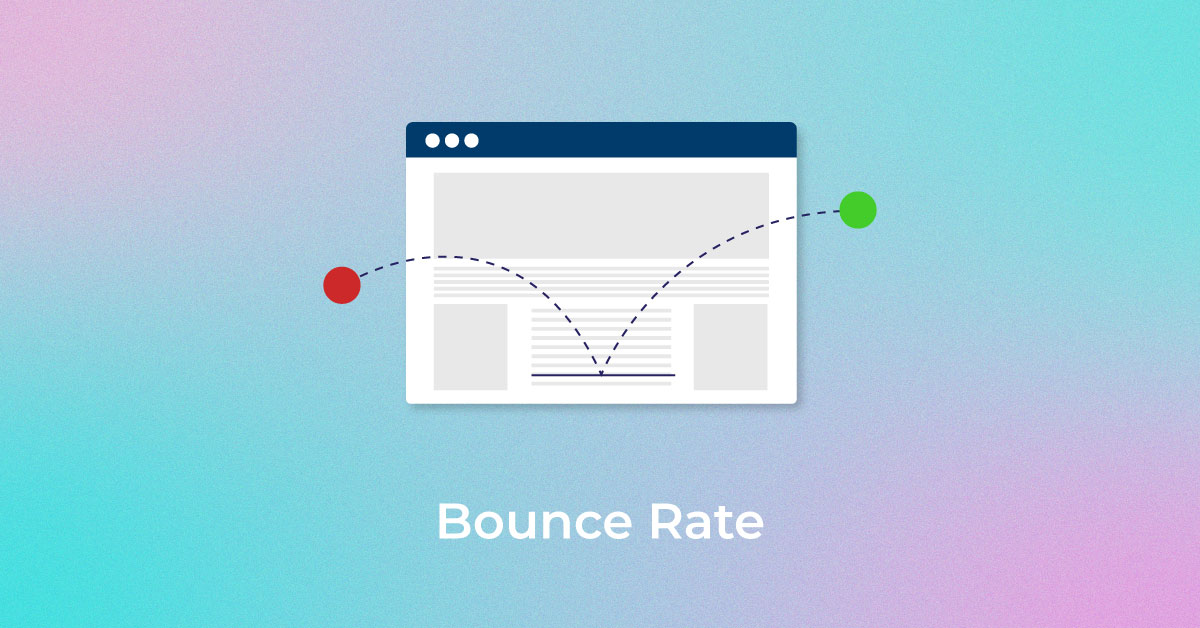

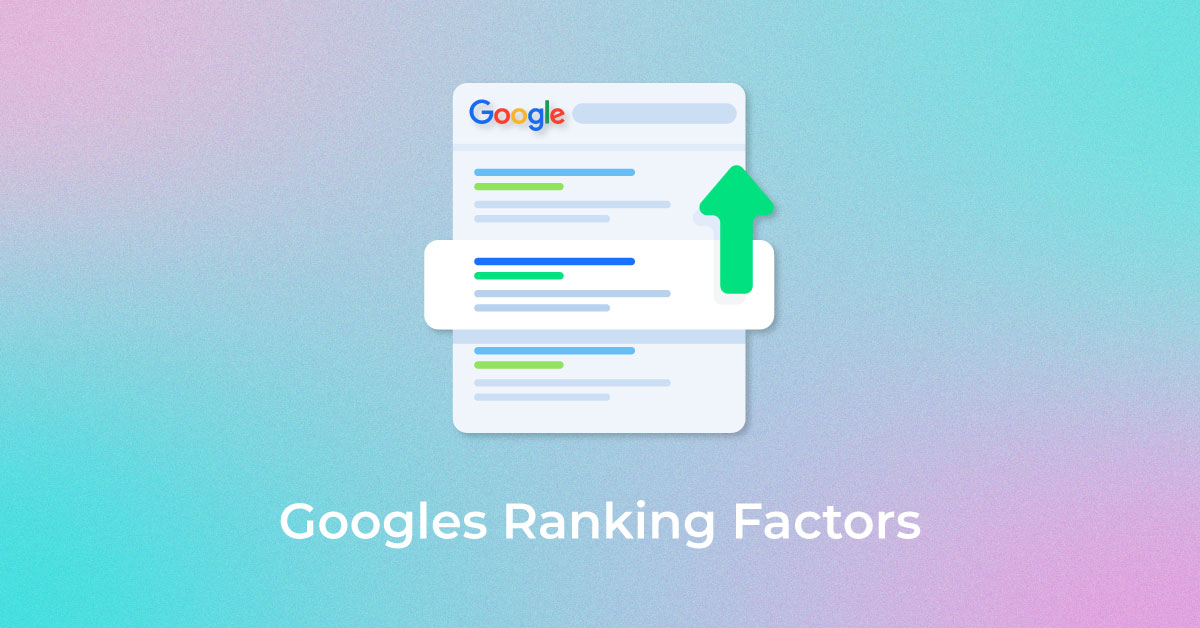
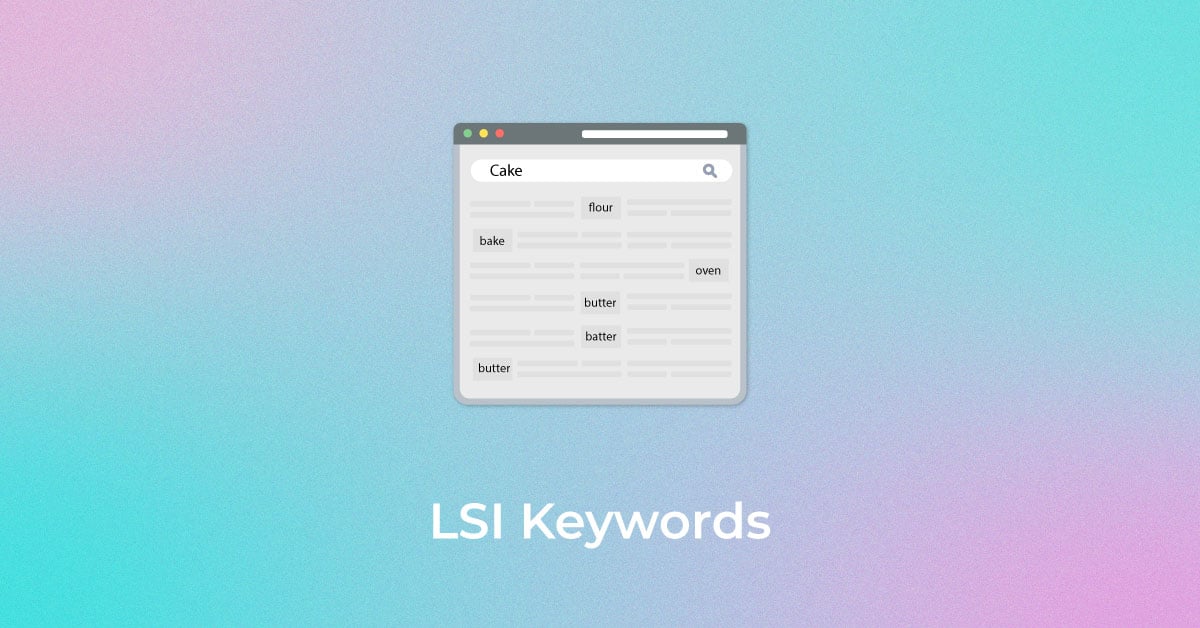


2 thoughts on “What is Dwell Time and How to Improve it?”
I was trying to find a comprehensive guide for Dwell time for my site. ! Thank you Ankit!
Thank you for sharing your valuable feedback with us. Check out our latest articles for more updates.